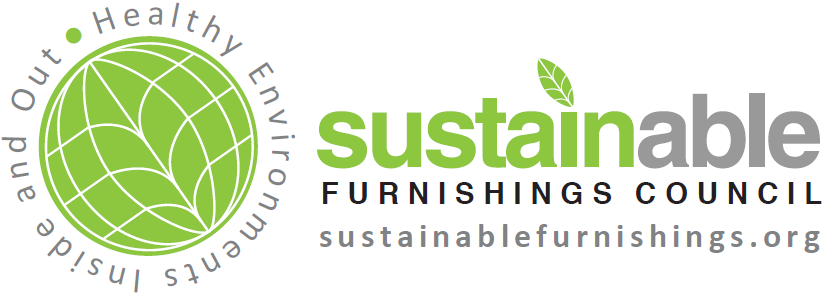
Many of us remember a time when few people shopped online. Clearly, times have changed. Amazon is the 7th largest retailer in the world, with zero brick and mortar stores. Online shopping means fantastic things when it comes to convenience and cost, but the environment is an entirely different story.
Before products were shipped directly to individual customers, they were shipped in bulk and shipping efficiency was at the forefront of retailers’ minds. Products went from their bulk containers, to the showroom floor, to the customer’s home. Today, customers expect their purchases to be delivered rapidly and arrive undamaged with sensible packaging. Worrying about customer satisfaction AND environmental safety is too much for some retailers. For others, it’s a worthy challenge!
Let’s take “Reduce. Reuse. Recycle.” one step further and try “Reduce. Reuse. Recycle. Responsible Disposal.” Here are some strategies for retailers and consumers alike:
No packaging.
Perhaps the most drastic solution to cutting down packaging waste is simply to eliminate it! Nowadays, some furniture retailers have adopted the practice of wrapping pieces in thick blankets and then reusing the blankets for future shipments. Wool in particular offers great protection and lasts for a long time. Consumers will also reap the benefits of no packaging waste to manage! Often, consumers are frustrated with the amount of packaging (even recyclable packaging) that ends up getting thrown in the trash or hoarded in the basement.
Reduced materials.
When a simple blanket wrap won’t offer enough protection, streamlined packaging can make a significant difference in packaging waste. SFC Member Furniture Pipeline, has mastered this art. As innovators in the e-commerce furniture industry, they utilize flat packaging to save materials and shipping costs. Each piece is simply zip-tied to a piece of cardboard and corners are wrapped with an extra protective layer. Customers recycle the cardboard or reuse it for another project. No messy Styrofoam or packing peanuts!
Strictly compostable packaging.
In instances where more protection is needed, many of our retailers are opting for 100% compostable materials. Ecovative Design, for example, is a pioneer in the compostable packaging sector and they provide excellent resources for companies and consumers looking to make a difference. Reusable cardboard and other biodegradable materials protect products well and don’t harm the environment. At the end of their “packaging life,” they can easily be recycled or repurposed. Paring down and reusing materials can change the way our landfills look.
To encourage eco-responsibility in packaging, the Sustainable Packaging Coalition has launched How2Recycle®, a campaign that advocates for a future of innovation in packaging design for recyclability and recycling economics. Over 100 companies have joined and include the How2Recycle® label on packaging to inform their customers of how to recycle and where to go if they need information specific to their community. Another label to look for comes from SFC Member noissue. As part of their Eco Packaging Alliance, noissue plants trees in areas of need for every order placed by their retail customers. Those retailers have access to a badge that shows off eco-goodness to the consumers in their shops.
If you’re in the market for new furniture, pay close attention to how each piece is packaged. If no packaging is possible, take the opportunity to reduce your packaging consumption! If some is needed, make sure that it is minimal and easy for you to recycle or compost after your new furnishings are safely installed at home. As we look ahead to the new year, we encourage you to shop with companies that proudly reduce, reuse, recycle, and dispose responsibly. Check our SFC Members list for companies that take sustainability seriously!
Featrued photo provided by noissue.

